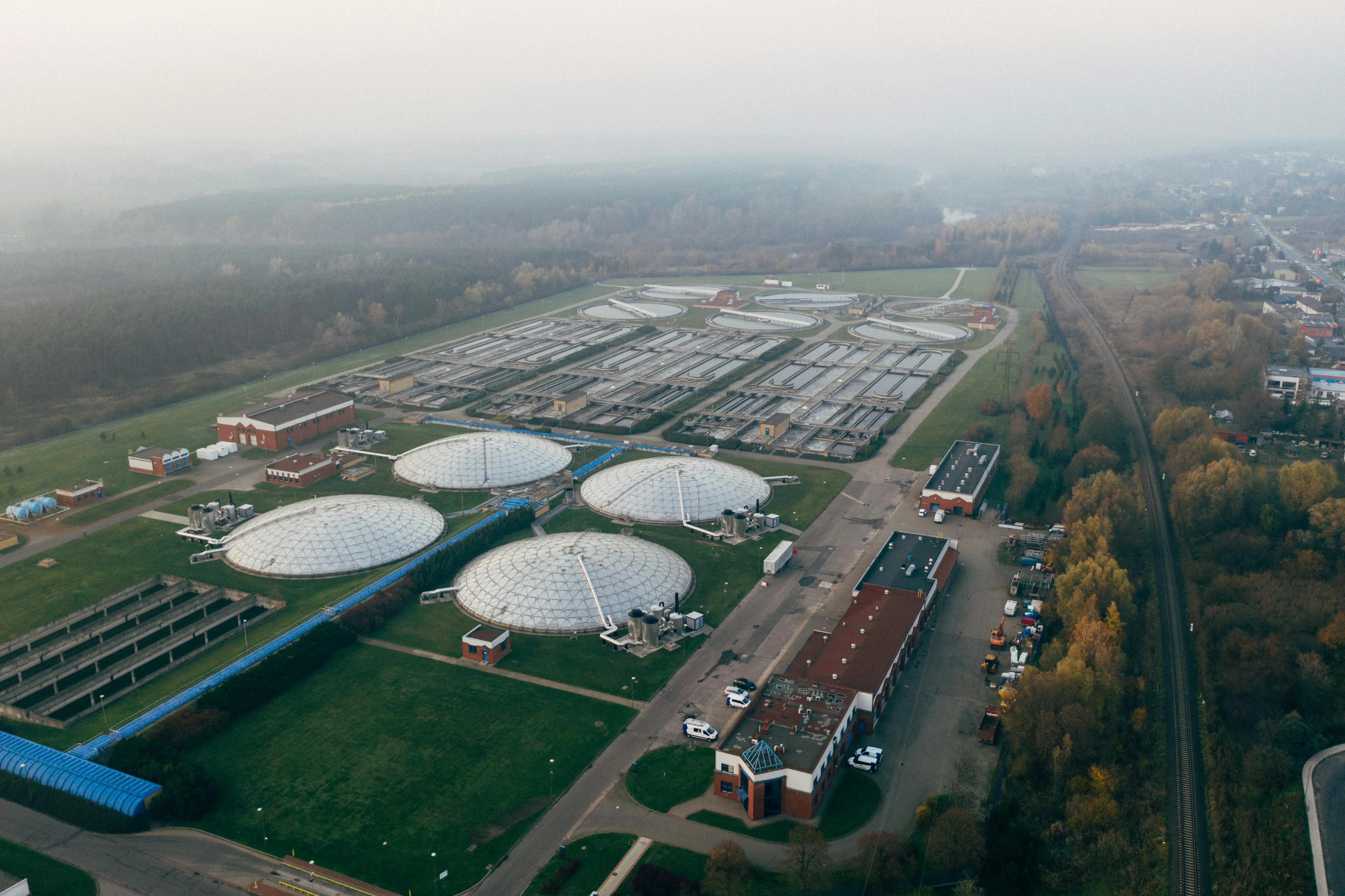The desire to purify water is not a modern development. Traditional water treatment techniques recognized that water harbors biological and chemical impurities. Historians report that people purified water by either boiling or through filtration via sand and coarse gravel.1 Over the years, the criteria and standards of water treatment have evolved. There are also institutions mandated to enforce these regulations. Wastewater purification is the process of removing contaminants from water before discharging it into the environment. The composition of wastewater is determined by its origin. Sources of wastewater are industries, commercial establishments, stormwater, and households.1 Wastewater contains high amounts of toxic chemicals, pathogenic microorganisms, and pollutants. The chemistry and biological composition of wastewater are often monitored based on water quality parameters to ensure safe disposal. Disposal of untreated wastewater can cause negative implications to the environment. For instance, decaying organic matter causes depletion of dissolved oxygen in water sources. The presence of metals can cause toxic effects to aquatic life, while excess phosphorus and nitrogen can cause eutrophication.
A wastewater treatment plant comprises the treatment process that works collaboratively to produce water that can be safely discharged into the environment. The quality and complexity of the treatment processes depend on the wastewater source and the desired quality of the effluent. For instance, the treatment operations of municipal wastewater are different from industrial wastewater. Wastewater is often collected via underground channels, which use gravity to facilitate flow from the source to the treatment plants. The treatment process is categorized into five stages, namely preliminary, primary, secondary, and tertiary treatment. The preliminary treatment entails the removal of solids from the influent water. Different screen types are used and are classified into sizes, namely coarse, fine, very fine, and micro. This is followed by grit removal, which prevents siltation and pipe damage. In primary treatment, settable solids are removed via processes such as sedimentation, flocculation, and adsorption. Biological oxidation takes place in the secondary treatment. A reactor provides a conducive environment for the microbial breakdown of wastewater.2 Nutrients such as nitrogen and phosphorus, may also take place during this stage. The tertiary treatment involves advanced treatment of wastewater to remove nutrients or residual suspended solids.2 Each of the outlined treatment systems produces waste solids known as sludge. Sludge undergoes further treatment to reduce the number of pathogens, reduce liquid fraction, and decrease organics content.
Treated wastewater is often clear and odorless. Though its quality is lower than rainwater, it can be used for functions such as toilet flushing, irrigation, and industrial processes such as cooling. The use of treated wastewater ensures that there is reduced wastage of water by making recycled water safe for use. The sludge collected during the treatment processes is used for energy production. Anaerobic digestion of sludge produces methane gas that can be used to generate electricity.
References
- Droste, R.; Gehr, R. Theory and practice of water and wastewater treatment; 2016.
- Gadirova, E. Modern Methods for Wastewater Treatment. Hacettepe Journal of Biology and Chemistry 2020.
- Riffat, R. Fundamentals of wastewater treatment and engineering; CRC Press/Taylor & Francis: Boca Raton, Fla., 2013.








